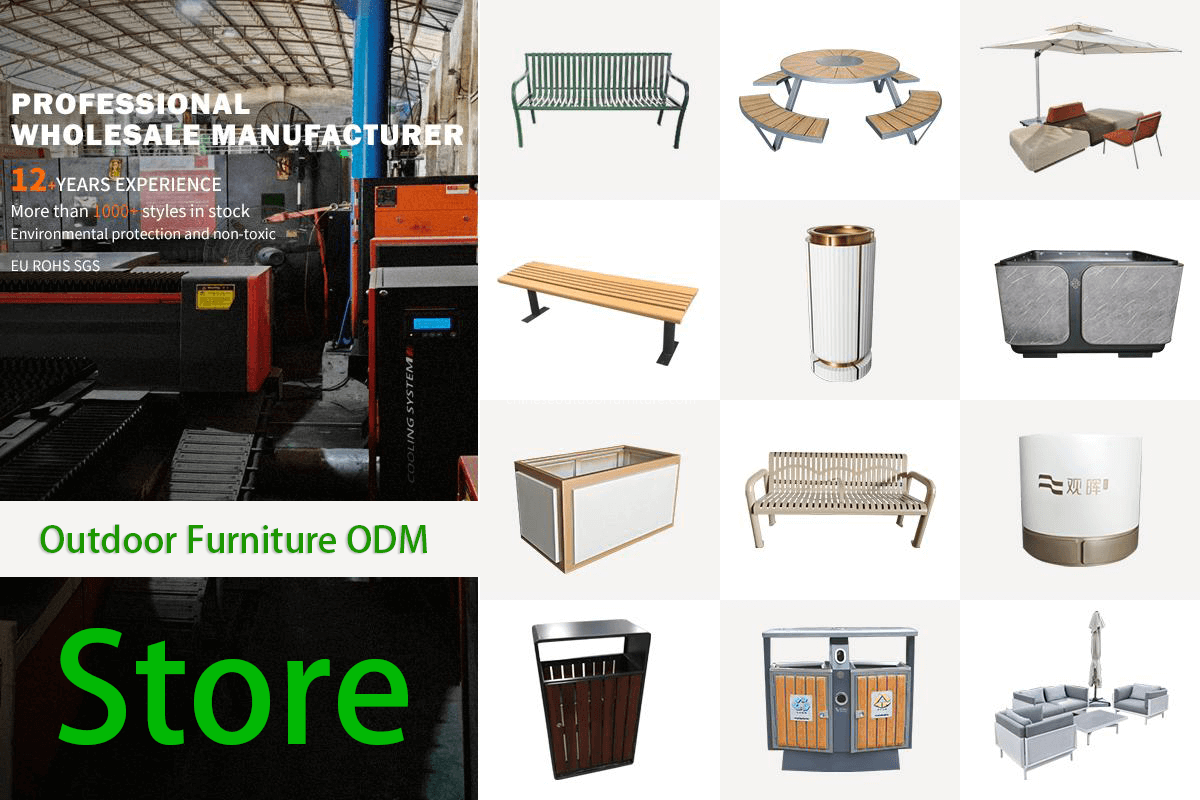What role does texturing play in making metal surfaces evoke natural elements like stone or wood?
Texturing plays a pivotal role in making metal surfaces evoke natural elements like stone or wood by altering their visual and tactile properties. Through techniques such as etching, embossing, or laser engraving, manufacturers can replicate the intricate patterns and textures found in nature. For instance, wood grain effects are achieved by imprinting fine lines and knots onto metal, while stone-like finishes involve creating rough, uneven surfaces with depth and variation.
Beyond aesthetics, texturing enhances functionality by improving grip, reducing glare, or masking wear and tear. It bridges the gap between industrial materials and organic inspiration, allowing designers to blend durability with natural beauty. Whether for architectural cladding, furniture, or automotive interiors, textured metals offer versatile solutions that appeal to both modern and rustic design preferences.
By leveraging advanced texturing methods, metals can seamlessly imitate the warmth of wood or the ruggedness of stone, expanding creative possibilities in manufacturing and design.

